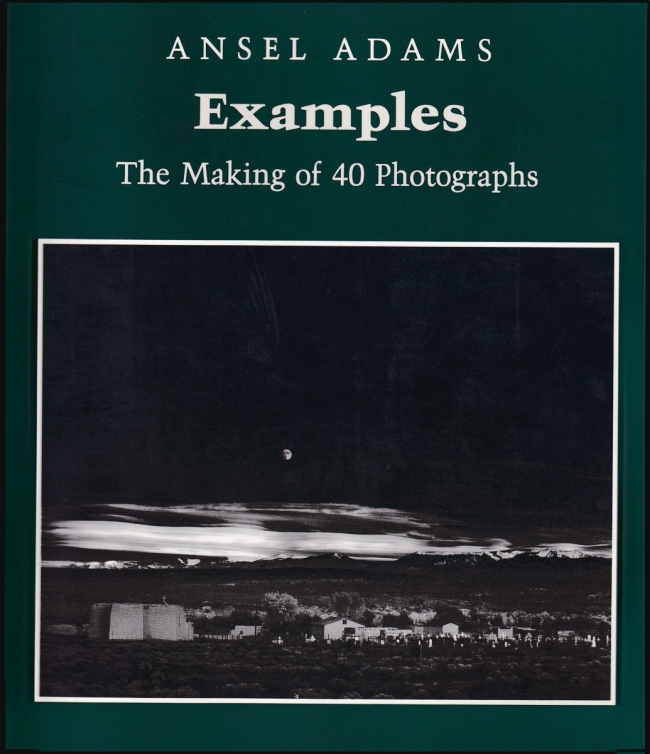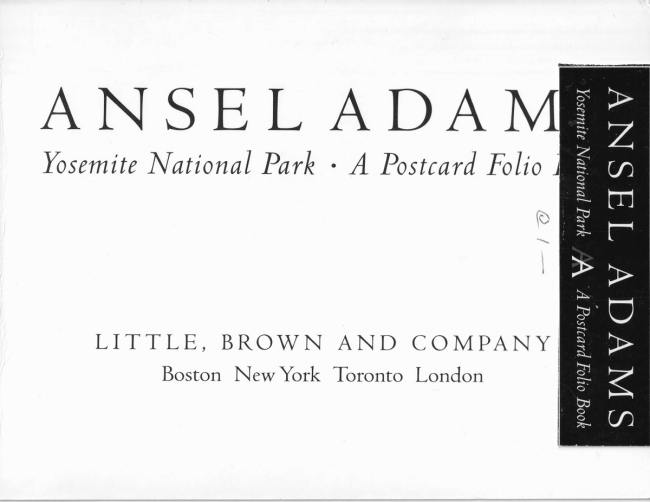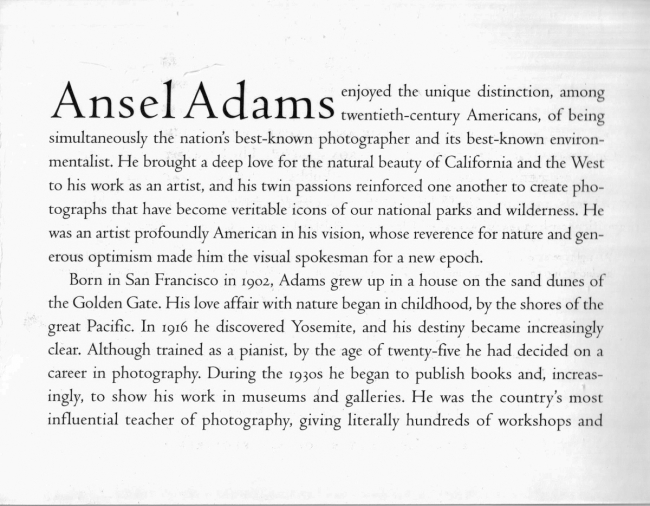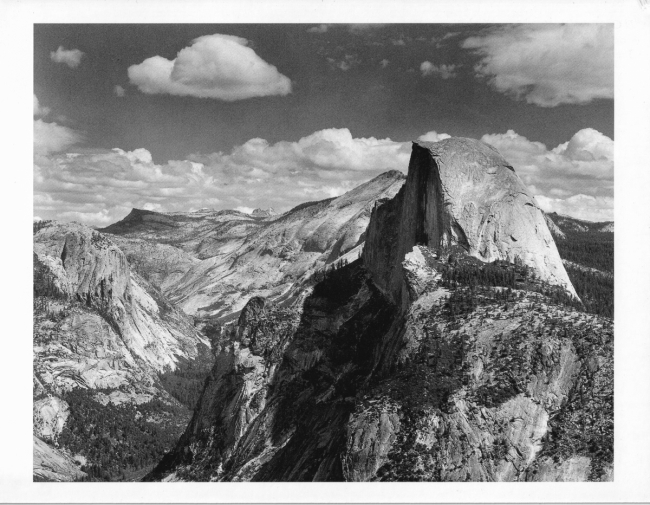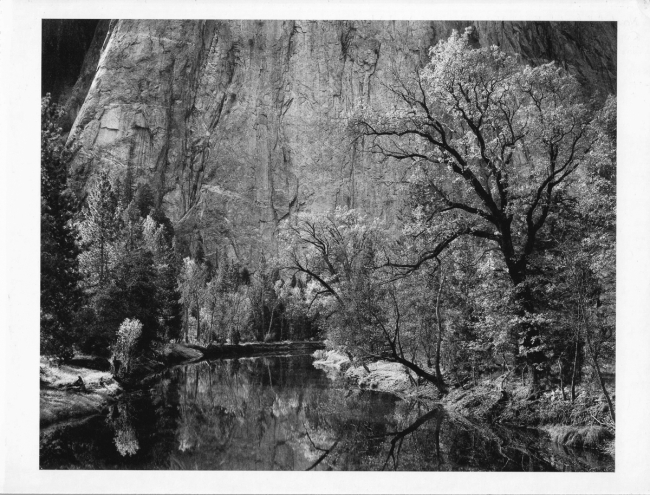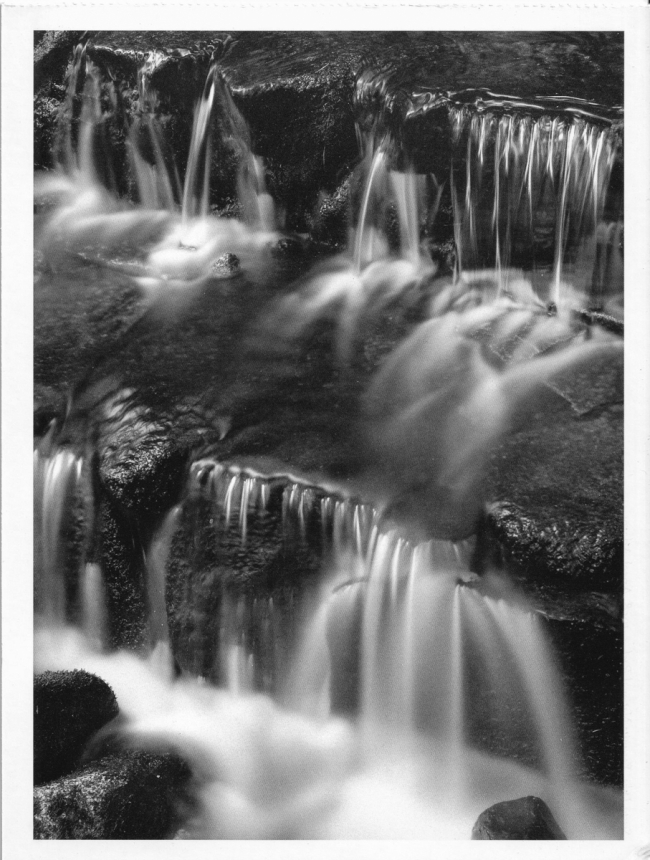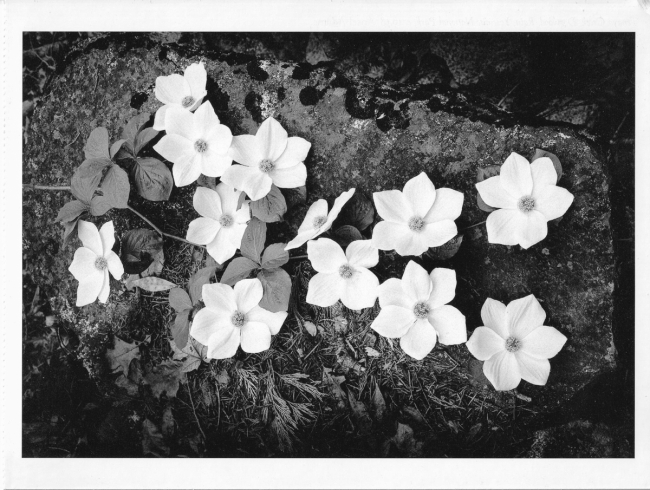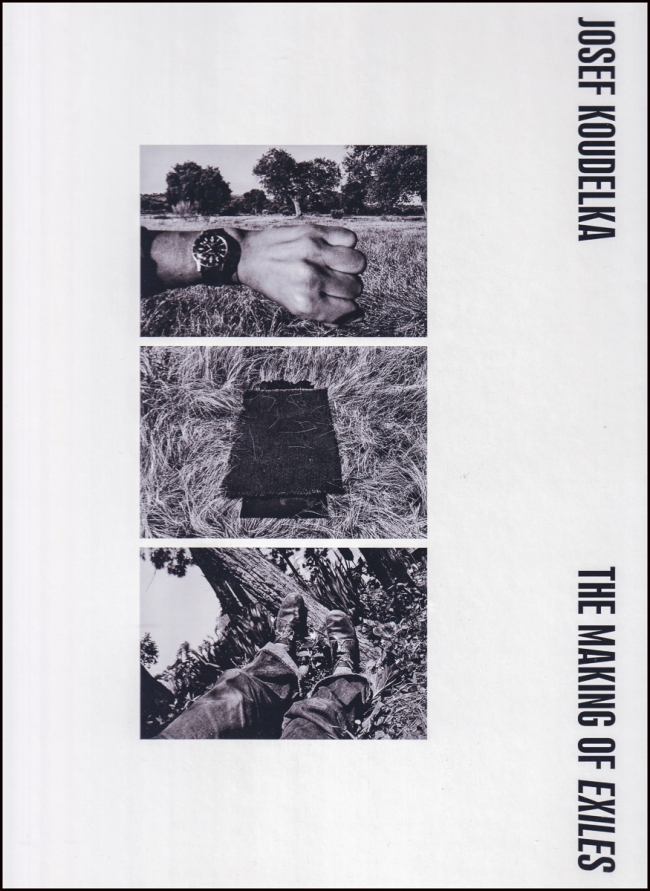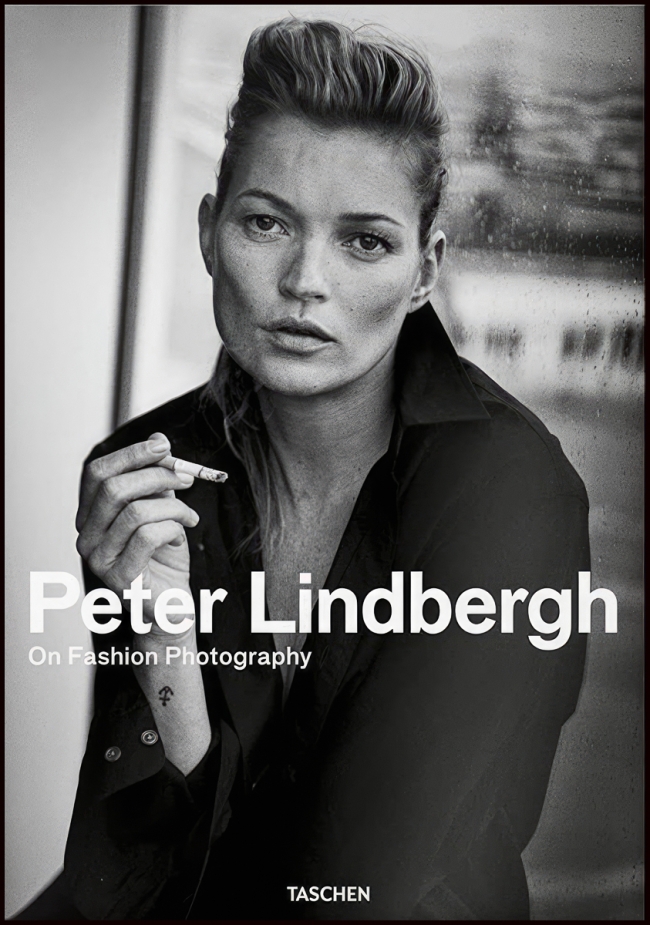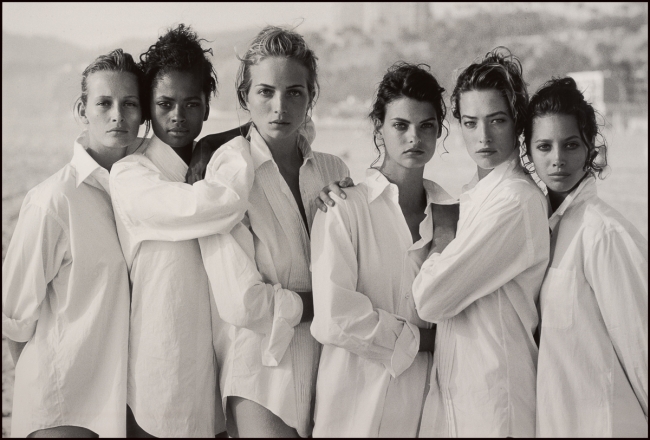I bought this book a long time ago and loved it. Unfortunately, we had a seriously water leak in the house and this was one of the items that was destroyed during the flood. When this happened, I vowed to replace it quicky. And them promptly forgot.
Recently, while looking for something else on eBay I came across a used copy of the book in very good condition and at a very reasonable price. It didn’t take me long to place the order.
Amazon describes it as follows:
A MASTER CLASS WITH AMERICA’S MOST CELEBRATED PHOTOGRAPHER
“How did you make this photograph?”
This is a question that Ansel Adams was asked repeatedly throughout his lifetime. In Examples: The Making of 40 Photographs, Adams shares the circumstances surrounding the creation of many of his most celebrated images. Each classic photograph is superbly reproduced and accompanied by an entertaining and informative narrative that combines his own reminiscences of people and places with precise recall of technical details and aesthetic considerations.
Readers will be fascinated by the personal side of the text, which includes a great deal of history and anecdote, including appearances by Alfred Stieglitz, Georgia O’Keeffe, Edward Weston, and other notable figures such as Edwin Land of Polaroid. Pondering these essays conjures the sense of standing by Adams’ side during some of the most pivotal and profound creative moments of his life in photography—a master class with the legendary artist.
The specific technical information on camera and lens, filters, exposure times, developing, and printing provided in each example illustrates his approach and methods, and will help amateurs and professionals alike to advance their photography. Through this case study approach, Adams’ philosophy of craft and creativity unfolds; his credos of visualization, image management, and the Zone System are demonstrated; and the colorful story of a lifetime devoted to photography is revealed.
I couldn’t agree more. At times, when it gets into technical commentary on the zone system I was a bit at a loss. But, it’s great to get some insight it what’s going on in the mind of a famous photographer when a great photograph is being taken.

